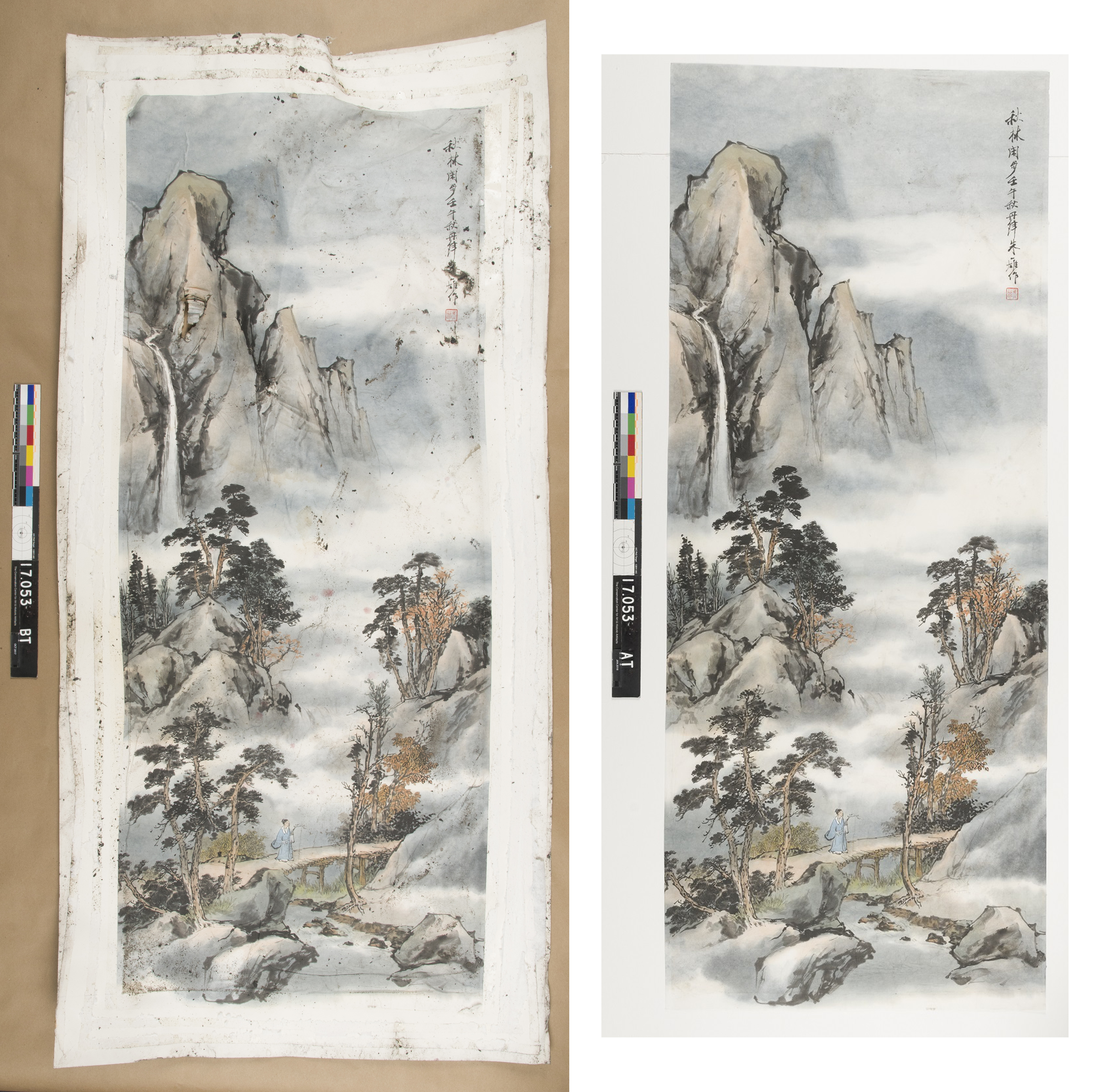Your Donations at Work: Disaster Preparedness & Response
We are so thankful for the support of a dedicated community of people who understand and value our work—people who intuitively grasp how extraordinarily fragile our material heritage is. It’s not just time and chemical deterioration that affects the preservation of cultural heritage; we must also be prepared for natural and man-made disasters. We all are reminded of that each time there is a flood or wildfire or high-profile tragedies such as the fires that ravaged Notre Dame Cathedral and the National Museum of Brazil.
At CCAHA, we are dedicated to helping individuals and cultural organizations plan for these emergencies in the hopes that, if they occur, the damage is minor. But we also know that not every scenario can be planned for or mitigated, so we are also here to assist with recovery and to help save what can be salvaged.
While heartbreaking, our work with materials affected by disasters can also be deeply gratifying. In helping with recovery, we can assist individuals and communities with piecing life back together after a tragedy. Earlier this year, our FOCUS newsletter described one such story illustrating the painstaking work of CCAHA conservators to preserve beautiful Chinese brush paintings that were almost lost in a house fire in 2017. The artist’s daughters brought them to the Conservation Center. While it was difficult seeing the artwork so damaged, it was rewarding to know that we could do something to help.

Although our recovery work is vital, I’m most proud of our work in preparedness. For nearly 30 years we’ve focused on planning and developing strategies to help museums, historic sites, libraries, and archives protect our shared cultural heritage. We help these organizations identify risks, develop emergency response guidelines, and formulate full emergency plans. We teach hands-on salvage training workshops where staff members receive practice salvaging artifacts from pools of water. We lead the Pennsylvania Cultural Resilience Network, with its Cultural Response Team members who are ever-ready to respond to emergencies in their areas.
This work is not fully covered by state and grant support. Every year, the Conservation Center must raise matching dollars, demonstrating that our work is valued by a core of people who care about the long-term preservation of our cultural heritage. Your support makes our work possible. This year, please consider making a tax-deductible end-of-year financial contribution. Your contribution directly supports our work preserving cultural heritage collections at institutions throughout the country.
With my warmest regards for the coming holiday season,

Executive Director
Above, from top: CCAHA Senior Conservation Assistant Jilliann Wilcox treats fire-damaged paintings by I-Hsiung Ju; before- and after-treatment reference photos show the extent of damage to items in the Ju family's collection (left) and the extraordinary treatment results (right).